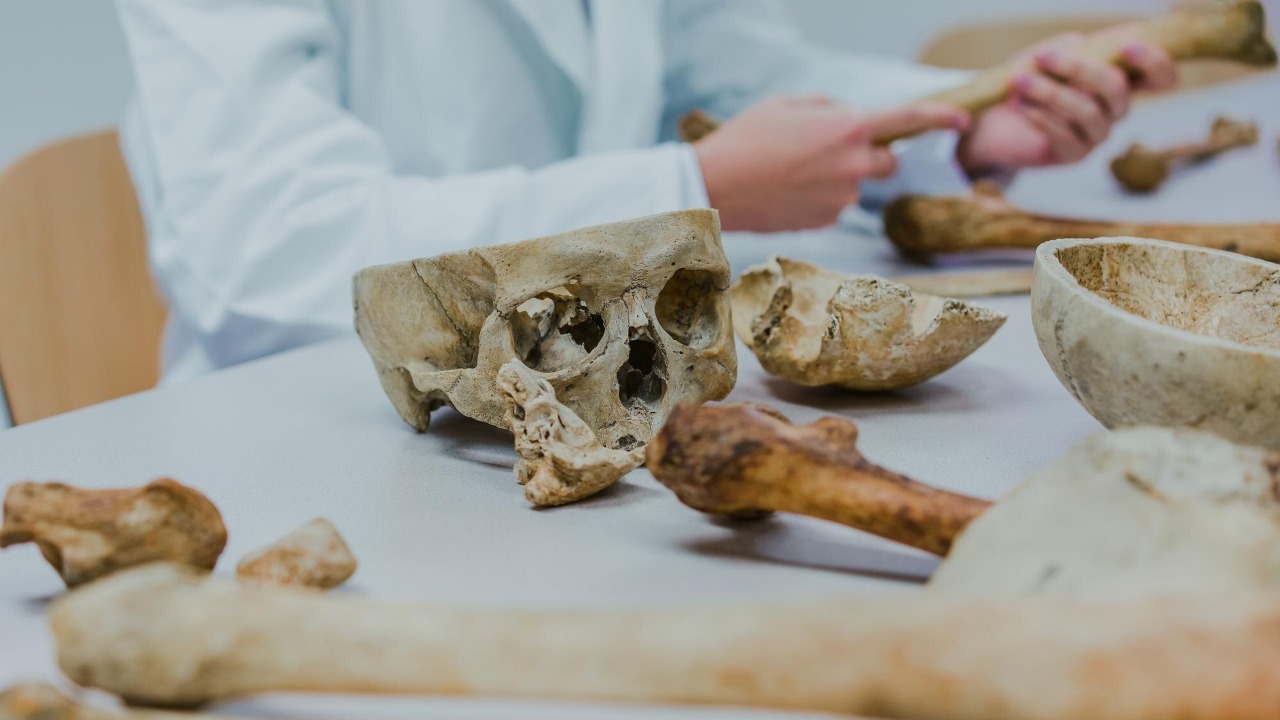
A recent study has shed light on a unique group of people outside Africa who possess virtually no Denisovan DNA. This finding challenges previous assumptions about the interbreeding patterns of archaic humans across global populations. The discovery underscores the varied genetic legacies left by Denisovans in non-African groups and points to unique migration histories that minimized contact with these extinct hominins.
Who Were the Denisovans?
The Denisovans were an extinct group of archaic humans, identified through DNA extracted from Siberian fossils. They diverged from Neanderthals around 400,000 years ago. The key fossil evidence, such as the Denisova Cave remains in Siberia, and genomic sequencing first revealed their existence in 2010. However, compared to Neanderthals, the physical record of Denisovans is limited, leading to broader studies that infer their range across Asia.
Denisovan DNA in Modern Human Genomes
Denisovan admixture is detected in contemporary populations through genome-wide association studies. Traces of Denisovan DNA have been found in up to 5% of some Asian and Oceanian groups. Haplotype analysis has revealed two distinct waves of Denisovan interbreeding, one contributing to East Asians and another to Melanesians. Interestingly, Denisovan signals are absent in sub-Saharan African populations due to their Out-of-Africa migration bottleneck.
Patterns of Archaic Admixture Outside Africa
Neanderthal DNA is prevalent in most non-African populations at 1-2%. This contrasts with variable Denisovan DNA levels, which are near-zero in many Eurasian groups. High Denisovan ancestry is found in specific regions like Papua New Guinea, where it reaches 4-6%, linked to ancient migrations into Wallacea. However, Denisovan contributions are low or undetectable in Native American and some Southeast Asian genomes.
Identifying Groups with Minimal Denisovan Influence
One of the only groups of people outside Africa who had virtually no Denisovan DNA has been identified through whole-genome sequencing of diverse cohorts. Methodologies like principal component analysis have been used to isolate this group’s genetic profile, showing isolation from Denisovan-introgressed populations. This is compared to other low-admixture groups, such as certain East African outflow populations, to emphasize its rarity outside Africa.
Geographic and Historical Factors Behind the Absence
Migration routes that bypassed Denisovan habitats in Asia, such as coastal paths along the Indian Ocean, may have avoided highland interbreeding zones. Environmental barriers, like sea levels during the Last Glacial Maximum around 20,000 years ago, could have limited gene flow for this group. This pattern is linked to broader human dispersal models, where early expansions from Africa around 60,000 years ago resulted in differential archaic contacts.
Implications for Human Evolutionary History
The near-absence of Denisovan DNA in this group refines timelines for Out-of-Africa events and archaic admixture events dated to 40,000-50,000 years ago. It also raises questions about adaptive consequences, such as potential immunity or altitude tolerance genes from Denisovans that this group lacks, affecting modern health traits. Future research directions include expanded sequencing of isolated populations to confirm and map similar low-admixture profiles globally.
More from MorningOverview